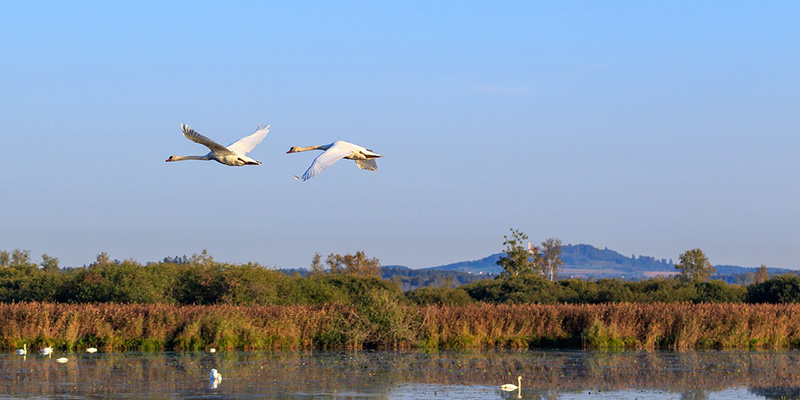What is the destination of protected area and other effective area-based conservation measures expansion? How do we get there?
Hong Jiang discusses the future view of protected area and other effective area-based conservation measures expansion, and the difficulty of achieving these goals.

The Aichi Goals, introduced in 2010, have been a failure, with none of the 20 targets fully achieved and only six partially achieved. This is a warning that global biodiversity conservation is facing unprecedented challenges. At the same time, the newly proposed Post-2020 Global Biodiversity Framework at COP15 proposed even more ambitious targets, including protecting 30% of the planet’s surface. Compared to the current situation that only 17% of land and 10% of marine areas are protected, the future is challenging.

As a global initiative, protected areas and other effective area-based conservation measures have received a lot of attention and have been proven to be able to protect biodiversity in the face of the great threats of the Anthropocene. But relative to the ambitious goal of reversing biodiversity loss, it is clear that the current conservation measures still need to go a long way, in terms of coverage, representation, resource input, management effectiveness, and conservation effectiveness.
In the papers I read and the lectures I attend, people often focus on the topic of how much of the planet we should protect. 30%, 50% (naturally you need half), or more? This topic is often widely discussed and even debated, but it is difficult to reach a consensus. In any case, we can't completely eliminate human impact on ecosystems, but need to find a relative goal and start doing it now.
After identifying long-term or phased goals, the next key issue to consider is where to protect. A number of studies have identified potential expansion areas based on a variety of goals, including the last wilderness areas, higher biodiversity areas or areas that provide more ecosystem services and human benefits. These results are relatively intuitive, like a straight path. But real decision-making is much more tortuous. In many cases, protected areas and other effective area-based conservation measures are set up in inaccessible areas because they are the least costly and least in conflict with economic development. But these areas do not necessarily have the greatest conservation value. In addition, these targets are often based on national units, aiming to protect a certain proportion of the national area. However, different geographical areas have different levels of protection values, and the proportion of areas of conservation value varies from country to country. Therefore, the identification of potential expansion areas needs to consider multiple dimensions to formulate the most reasonable scheme.
Even with clear targets and potential areas for expansion, there are still obstacles to realising these plans, especially differentiated capabilities and responsibilities. An important reason for the failure of the Aichi goals is the apparent lack of funding for implementation, especially in developing countries. We can clearly see that the progress of conservation is different in different countries. For example, Natura 2000 has covered more than 18% of the land and about 9% of the sea, with some countries covering more than 30% of their national area. However, in places with lower levels of economic development, the proportion of protected areas and other effective area-based conservation measures may be unexpectedly low. So, in the future, should countries that have already exceeded their conservation targets stop there? Given their level of development, should they take on greater responsibility? For example, working with less developed regions to accelerate their conservation efforts.
Before moving towards a future where there is no turning back, we can look back and assess the gaps, representativeness and effectiveness of the protected areas and other effective area-based conservation measures established in the past. By drawing on the experiences and lessons learned from past efforts, better design of future programs can reduce the cost of trial and error, especially in those less developed regions. Overall, we are facing great challenges, but have begun to seek change. We've set clear goals, but still need to walk a tortuous path to reach them.